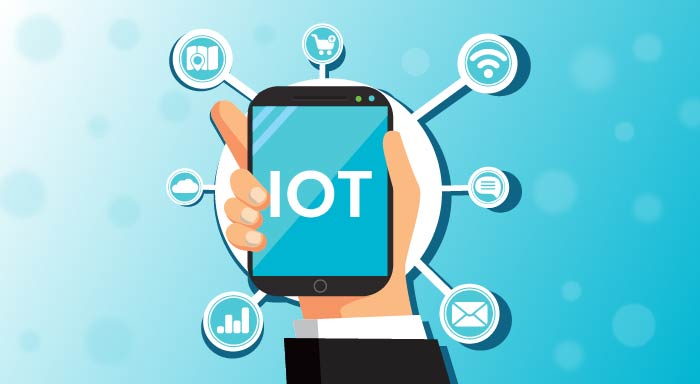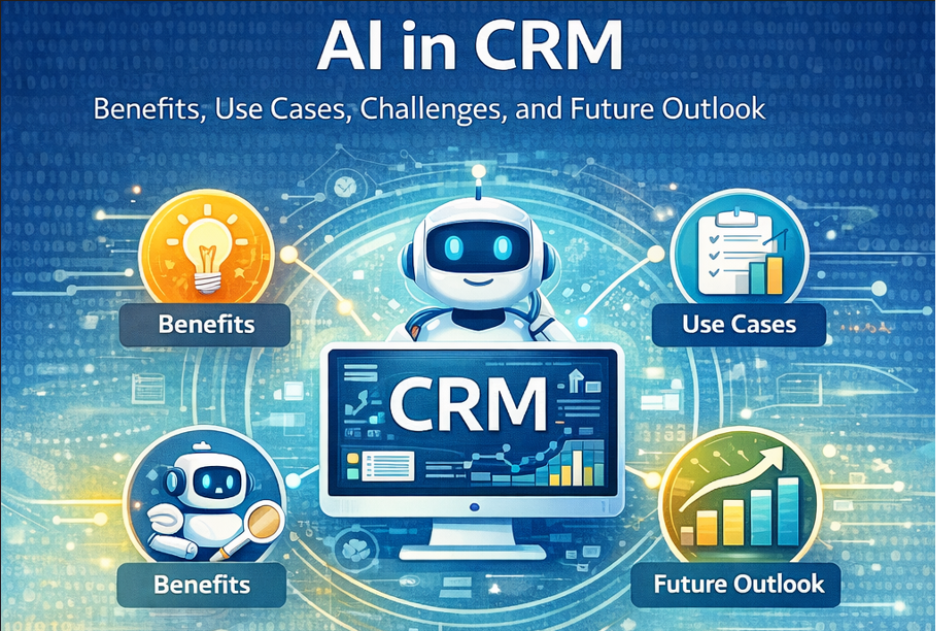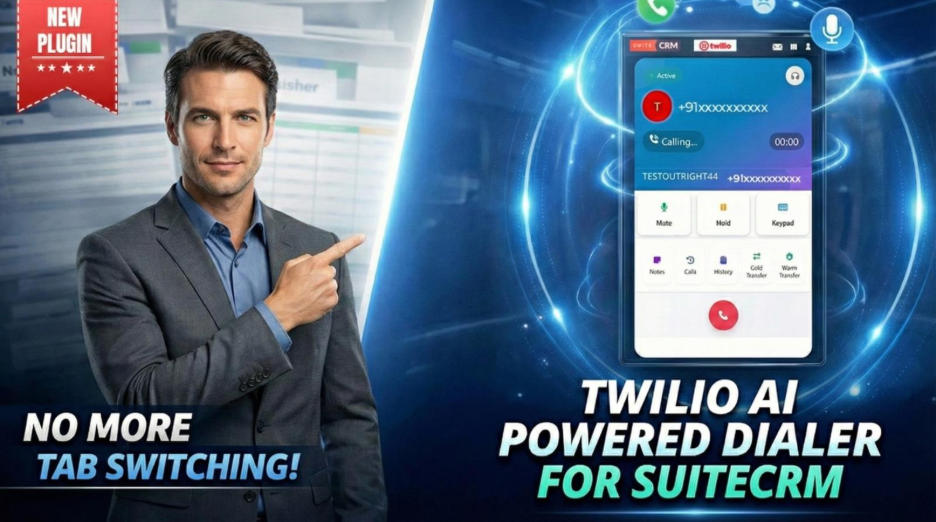Introduction
The Internet of Things IoT brought a dramatic change to human life and interaction with technology. When it comes to IoT devices, one can find them ranging from homes to industries. However, do you sometimes ask yourself how these devices interact with one another and with other central systems?
In this blog, we'll explore the key IoT communication models that make this interconnected world possible.
What is IoT Communication?
IoT is a process of integrating objects and making it possible for them to communicate via communication protocols in IoT. Such communication is used for getting information, controlling devices without physical presence, and building effective automated systems. Now let us hit the ground, and we discuss the main interconnected IoT communication models that drive these connections.
IoT Communication Models
There are several communication models that can be used in the Internet of Things (IoT) ecosystem, depending on the requirements of the use case.
1. Device-to-Device (D2D) Communication
The first way of IoT is Device to Device communication interaction. More to it, in this model, devices are allowed to exchange information with other devices without the help of a third party.
For example, smart homes where a light bulb and thermostat can ‘talk’ to each other to set the same mood.
Key benefits of D2D communication:
- Low latency
- Reduced network traffic
- Safety and security for member’s data
Example: Bluetooth devices that are incorporated into smart home technology.
2. Device-to-Cloud Communication
As for the Device-to-Cloud model, access control of IoT devices is the only layer, which directly communicates to the cloud-based applications for exchanging data and for command control. This model is most common in consumer IoT products and many industrial uses.
Advantages of Device-to-Cloud communication:
- Scalability
- Remote access and control and other similar characteristics can be considered as an advantage and a disadvantage for the software.
- Data analytics capabilities
Example: An example of an object is a smart thermostat which transmits temperature information to a cloud-based EMS.
3. Device-to-Gateway Communication
This model is in between the IoT devices and the cloud where there is an intermediary device referred to as the gateway. The gateway can offer supplementary protection features, convert protocols, and also transform the data.
Benefits of Device-to-Gateway communication:
- Enhanced security
- Protocol interoperability
- Edge computing capabilities
Example: An integration appliance interconnecting home appliances and automation systems with the Internet and cloud solutions.
4. Back-End Data-Sharing Model
The Back-End Data-Sharing model shall allow IoT devices and their data to be consumed by third-party applications and services only when permitted to do so. This model is instrumental in fashioning end-to-end IoT environments and getting the most out of the harvested data.
Advantages of Back-End Data-Sharing:
- Improved data utilization
- Generating new services and application
- This includes the integration of the various IoT platforms and the application of better practices for collectors.
Example: Smart city that periodically provides traffic data that may be used in vehicle navigation applications to local authorities.
Evaluating of Internet of Things (IoT) Communication Models
Selecting the appropriate communication model depends on various factors, including:
1. Application requirements
2. Device capabilities
3. Network Infrastructure
4. Security considerations
5. Scalability needs
In most IoT systems, these models are implemented and used in pairs or together to provide a stable and scalable framework.
Future Of IoT Communication Models
As IoT continues to evolve, we can expect to see advancements in communication models, including:
- 5G and beyond: Real-time ultra-fast low latency for IoT applications
- Edge computing: More requests per second in the device or gateway to improve the response time.
- AI-driven communication: Smart pro that manages and synchronizes the data and the devices.
- Blockchain integration: Increased safety in sharing data among the components of the IoT system
Conclusion
IoT communication models are the fundamentals on which the present society is built. Having these models, developers and businesses will be in a position to create better, secure, and scalable solutions for Internet of Things applications. With time, people will witness even newer methods indicating how devices can join and perform their tasks in a wise world that is full of interaction and harmony.
This is quite important especially if you are interested in creating IoT levels or simply using smart devices at home: understanding these communication models will greatly help you to get a grip on the topic of IoT.
Related Posts
What Are The Functional Blocks of IoT Devices & Their Functionalities?
Learn the Ideas Behind the Logical and Physical Designs of IOT



